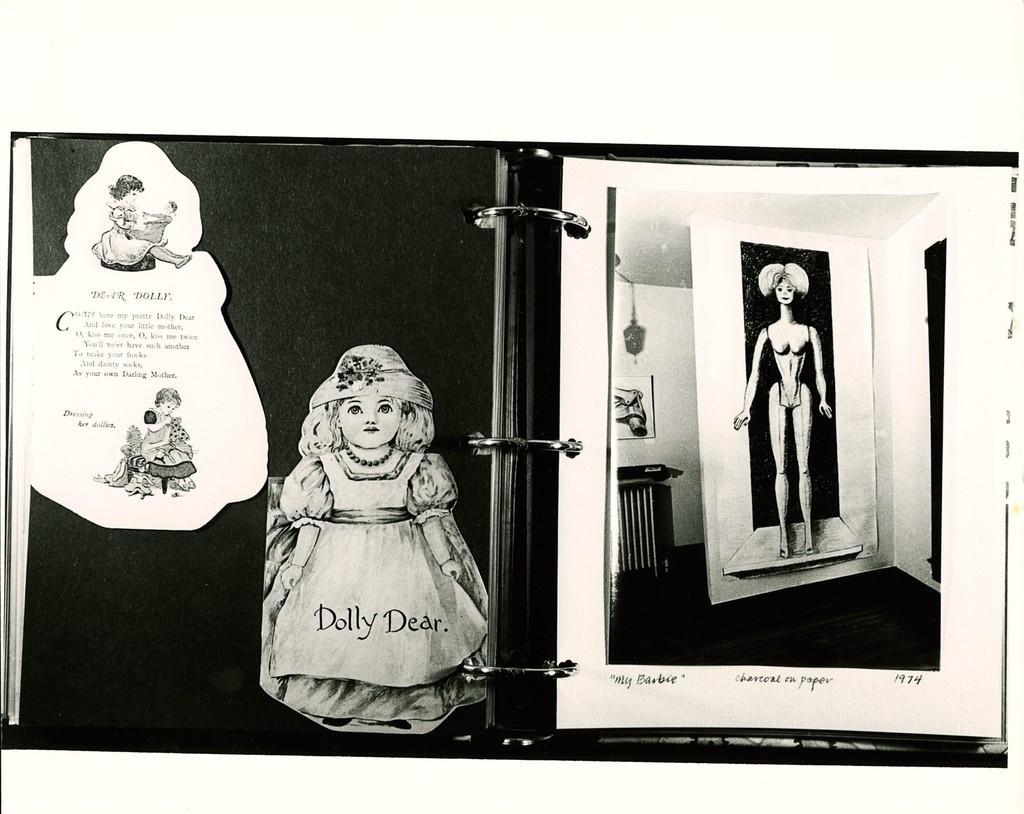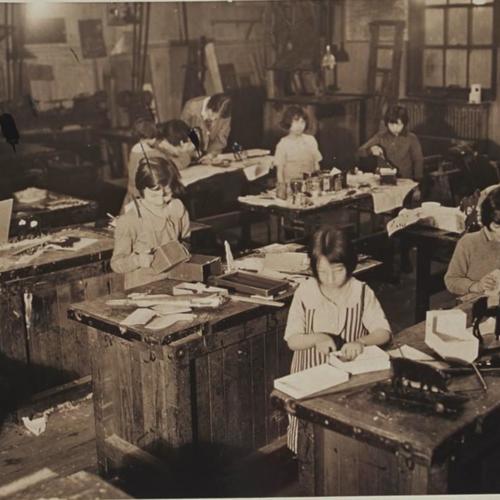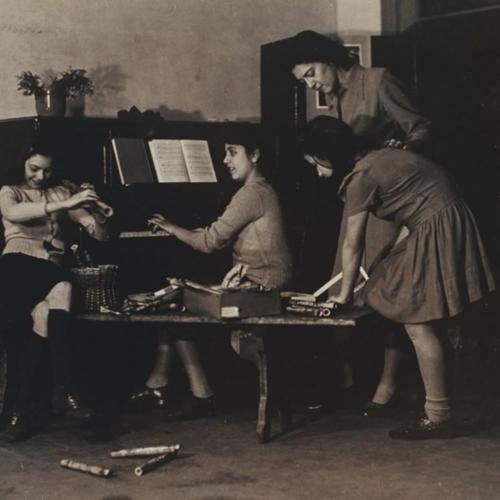Girls' Education in the Arts
Feminism is to a large extent a humanity project. It empowers the women individuals to express their feelings, thoughts, and emotions via means that would have been completely incomprehensible centuries ago. The women started to perceive themselves as autonomous, holistic individuals who had equally remarkable artistic potential as men. This changing mindset started to seep into the education system in the early twentieth century as the educators were prompted to rethink how the girls should be educated in the arts. The reforms in liberal arts educations exerted a large impact on the girl population in shaping their self-awareness and forming perspectives on their relationship with the rest of the world.
This is a cover page of the 1971 "Art News" magazine. It is a pictorial illustration for the essay by Linda Nochlin titled "Why Have There Been No Great Women Artists?". The picture shows a girl sitting in a dark, confined room with a pencil in hand, seemingly about to make drawings on the sketching paper in front of her. The image is overshadowed by a gloomy tonality that can be seen both from the coloration of picture and the expressionless face of the subject. This illustration effectively reflects the author's apprehension that young girls were deeply suppressed in art education in schools and institutions. This reflection yet opened up a new field for 20th-century feminism concerning the education of young girls in the artistic dimension, a field that would mature into another branch of feminism known as "feminist art history and theory" (Gouma-Peterson, et al., “The Feminist Critique of Art History.”). It thus indicates a growing awareness of the importance of well-rounded development for girls and the job of institutions to provide resources for women individuals to succeed in the arts.
Improved education in liberal arts for girls led to a growing self-awareness of their feminist identity. A lot of women would love to portray their girlhood in their notebooks to convey to people that youthful part of themselves still lives within them. This image of a notebook created by Braunstein reflects that the women writers were beginning to exploit innovative ways of fashioning their autobiographies through artistic representations. This indicates that education had greatly inspired the autonomy of women to explore themselves in artistic creations (Jill Fields, “Frontiers in Feminist Art History.” ).
Craftsmanship is also an important part of the liberal arts education for young girls. While earlier training in this area tended to focus more on leading the girls to hone their practical skills and get them prepared to devote to the future laborforce, the trend began to change at the beginning of the 20 century to redirect the focus on helping the girls become less practically minded and more intellectually and creatively engaged in the artwork. In other words, educators began to be more interested in seeing how handicrafts might be merged wih the general education by engaging girl students with self-improvement. This is a remarkable step forward in a shift in the education attitude for young girls. The girls were beginning to think of creating artworks that could express themselves. This gallery features various crafsmanship activities young girls at North Bennet Street Industrial School in Boston engaged in from the early to the mid-20th century. We could see that the girls were not only doing what might be considered useful but were also engaged in some purely artistic activities such as painting and making musical instrument.





